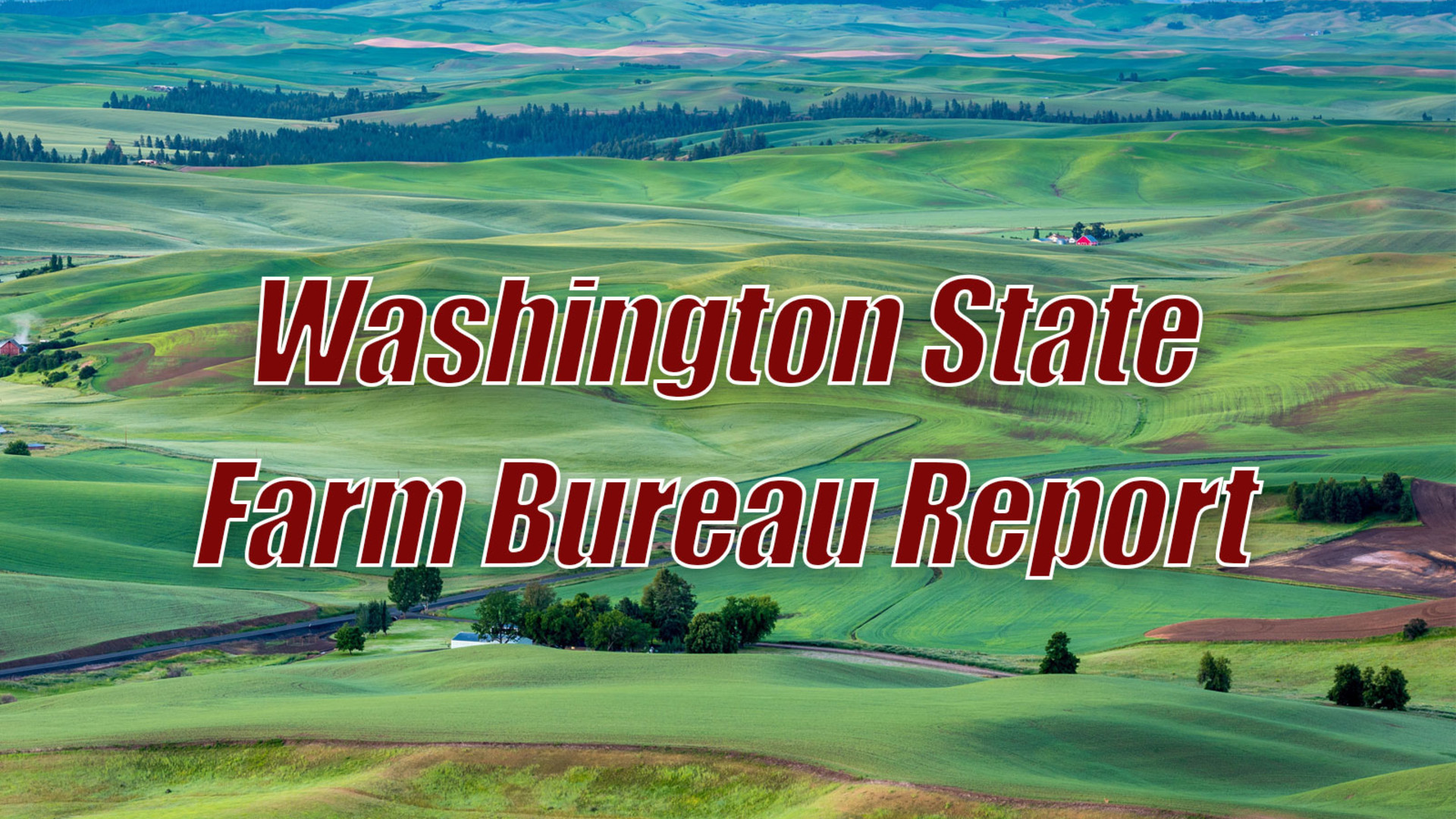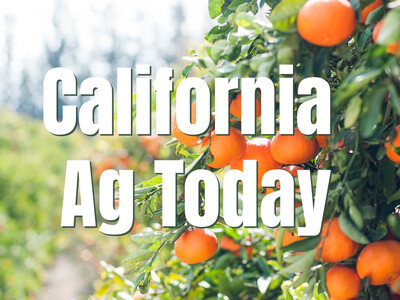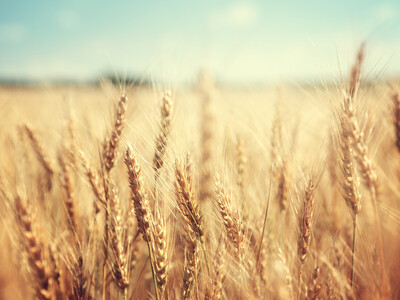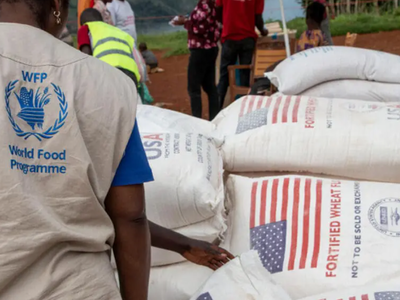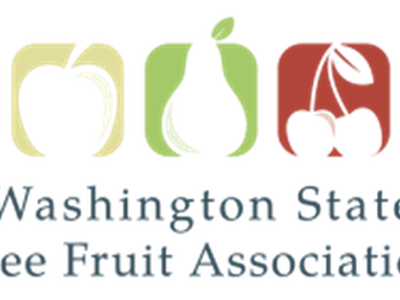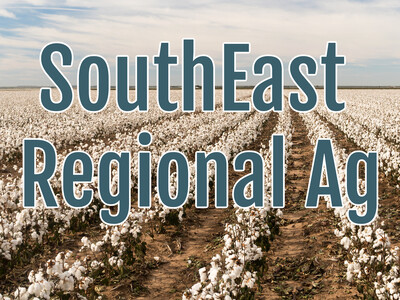Controlling Cheatgrass
Controlling CheatgrassI'm Lacy Gray with Washington Ag Today.
According to Dr. Ann Kennedy, USDA Agricultural Research Service soil microbiologist at WSU, cheatgrass can be a pretty obnoxious weed; it crowds out native plants and changes the fire ecology of a region. But cheatgrass is also a good spring forage for cattle.
KENNEDY: There's not a lot of protein, but there's a lot of greening in the early, early spring and so we can't say that cheatgrass is all of a negative necessarily, but my greatest concern was this whole idea of the fire going through so quickly and destroying acres and acres and acres of land.
Kennedy says that because cheatgrass matures in early spring and then dries out, it provides the perfect fuel for wildfires, to which its seeds are impervious.
KENNEDY: So that's one of the reasons that we have an increase in wildfires is the fact that these cheatgrass plants are invading and we're not able to stop those wildfires because of the plant material that's just so thick.
So how do you control an invasive plant that also has a good side? Kennedy and her colleagues had studied the effect of inhibitory bacteria on wheat and decide to test whether the bacteria could be used against cheatgrass. After isolating and screening over 20 thousand bacteria over several years they identified one that would do the job.
KENNEDY: We were looking for an organism that inhibited cheatgrass, Medusahead, wild oat or Jointed Goatgrass, but didn't hurt wheat or natives.
After successful testing of the bacterium in several sites in Washington, Oregon, Idaho, Utah, Nevada and California under numerous environmental conditions Kennedy approached Verdesian Life Sciences about developing the bacterium for the commercial market.
That's Washington Ag Today.
I'm Lacy Gray with the Ag Information Network of the West.


